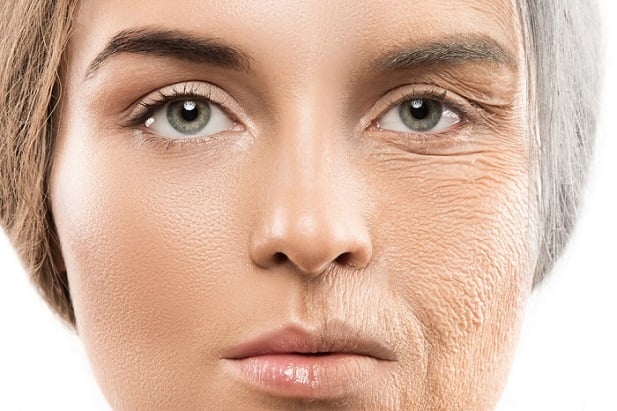America is getting older — and not just herself (as we officiallyhit 244½ years old) — but her population is aging, which will have an impact on the economyand the workforce in the coming years.
|In the first of its The Shape of Things to Come series, The ConcordCoalition looked into how and why America is aging, and the burdens that will beborne by the country's fiscal and health systems.
|"Graying means paying"
By 2050, the report states, the elderly share of the U.S.population, which was 12% as recently as 2000, will climb to 22%.(The Coalition uses statistics from World Population Prospects: The2019 Revision (New York: UN Population Division, 2019).)
|By the 2030s, workforce growth will slow to near-zero in theUnited States. As employment growth falls, economic growth willslow. And as people age, they become more risk-averse and lesslikely to make investments that carry long-term payouts, resultingin a decline in the rate of savings and investments.
|"Graying means paying," the report says, adding that an agingpopulation results in higher costs for pensions, health care andlong-term care.
|Falling fertility, rising life expectancy
The Concord Coalition identifies two main reasons why America isaging: 1) falling fertility; and 2) rising life expectancy.
|Fertility rates began declining in the 19th Century and,according to the report, were already approaching the so-called 2.1replacement rate needed to maintain a stable population from onegeneration to the next.
|In 1900, the life expectancy at birth was 47 years. By 1950, itreached 68. As of the World Population Prospects report in 2019, ithad risen to 79 years.
|While that is quite an increase, it is currently three yearslower than the average for developed countries around the world.Many of the explanations for America's lagging behind aredebatable, but one thing is clear, the report says: America has amuch worse health profile than other developed countries.
|The good news
The good news is that America is not projected to age as much asEurope or Japan (Europe is expected to rise to a 28% elderlypopulation share by 2050, and Japan is expected to have a 38%share), but that might not last too long; the Baby Boomergeneration is coming into its silver years.
|The Baby Boomer generation is not making America older —fertility rates and longer life expectancy would have happenedregardless of how many babies were born in that era — but theirexistence has accelerated the nation's aging.
|"Boomers" are now entering what the Coalition calls the"young-old" age range of 60-70, and will soon be in the "old-old"ages of 80-90.
|Impacts now and later
"Aging Boomers are already pushing up the cost of SocialSecurity and Medicare," the report states. "Their impact onlong-term care, which may be the most explosive dimension ofold-age dependency, still lies over the horizon."
|The report concludes that the fiscal and societal impacts of amore rapidly aging America do not have to signal disaster. Theaging of America is not coming as a surprise, and policy decisionscan be made to limit the extent of the impact on the country'sfinancial, employment and health systems.
|Steve Salkin is a Managing Editor forALM.
|READ MORE:
Complete your profile to continue reading and get FREE access to BenefitsPRO, part of your ALM digital membership.
Your access to unlimited BenefitsPRO content isn’t changing.
Once you are an ALM digital member, you’ll receive:
- Critical BenefitsPRO information including cutting edge post-reform success strategies, access to educational webcasts and videos, resources from industry leaders, and informative Newsletters.
- Exclusive discounts on ALM, BenefitsPRO magazine and BenefitsPRO.com events
- Access to other award-winning ALM websites including ThinkAdvisor.com and Law.com
Already have an account? Sign In
© 2024 ALM Global, LLC, All Rights Reserved. Request academic re-use from www.copyright.com. All other uses, submit a request to [email protected]. For more information visit Asset & Logo Licensing.









